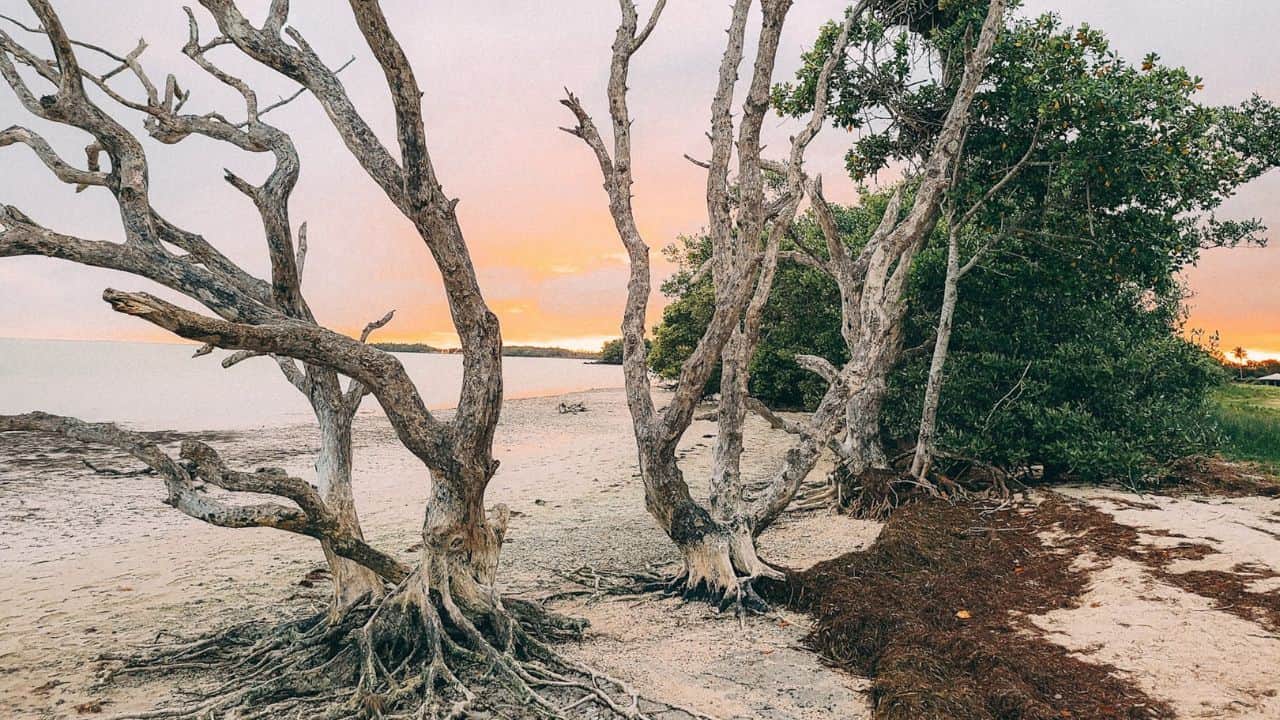
David and I are proud of Florida, but somehow, we had never made the trip to the Everglades National Park, located at the southern end of our beautiful state.
Finally, experiencing it first hand was incredible, and we quickly realized how wrong our initial expectations had been.
Our original points of view on the Everglades of Florida, and why we were so wrong
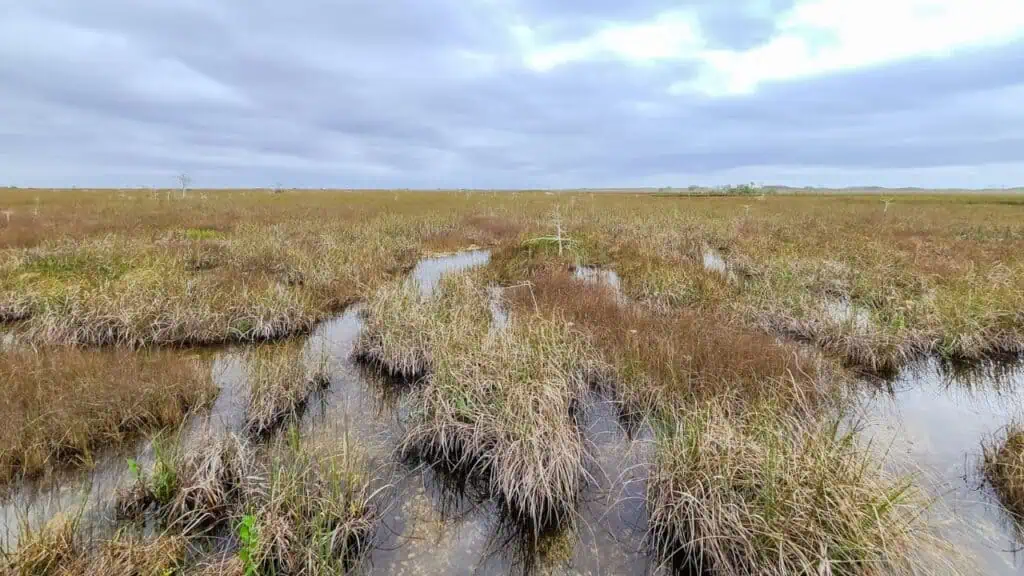
Before Visiting the EvergladesWe imagine an endless swamp infested with mosquitoes, full of moisture and full of more falls than we could count. In our minds, it was a vast and cloudy extension with little or no shadow, where heat would be unbearable, and the only movement would come from the implacable buzz of insects and the sliding accelerator of reptile predators. It is not too attractive to say the least!
With all honesty, visiting the Everglades was the part that we probably expected in our Family road trip to all national parks in Florida. But as soon as we entered the park, our assumptions melted. Instead of a dark and swampy desert, we find an impressively diverse landscape, one that was much more beautiful, peaceful and rich in wildlife than we never imagined.
The imposing cypresses and mahogany hammocks created shaded awnings along the paths, making our walks great and cozy. The famous “river of the grass” extended in lush waves covered with grass by miles, with the wind really causing the grass to move like water.
And then there were the mangroves: exuberant and winding vegetation tunnels that framed the river routes and extended for more miles than we could see.
But what about caimanes?
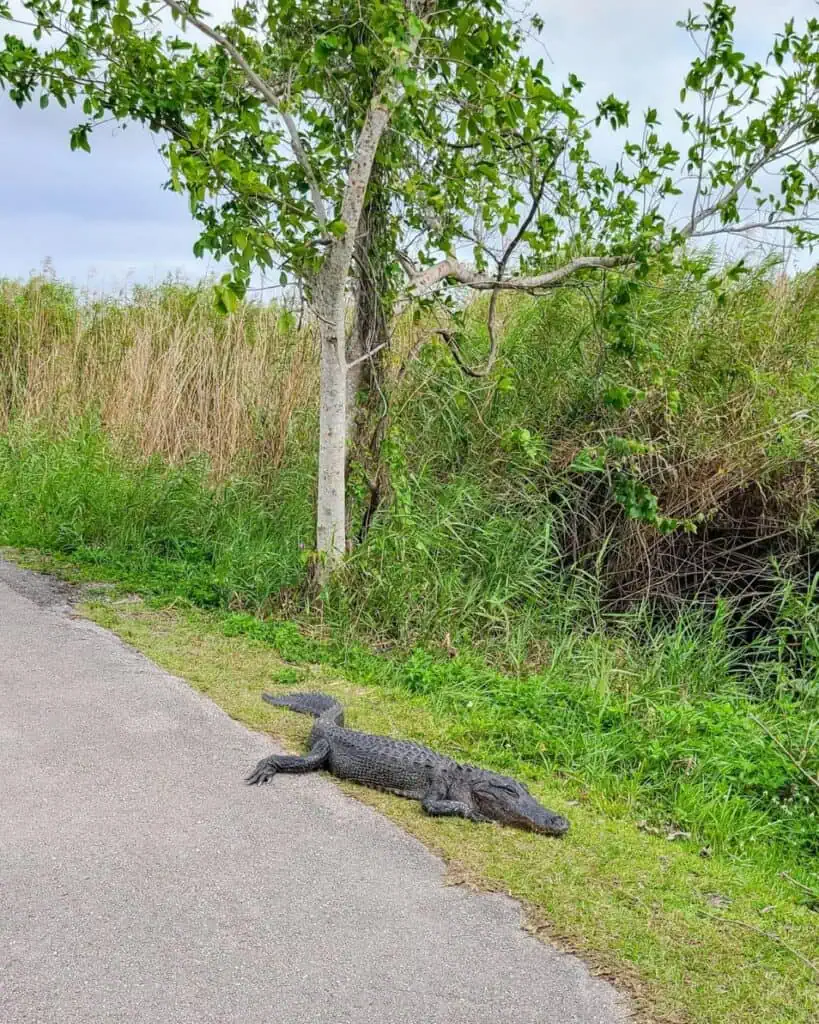

While there were definitely predators among us, including crocodiles and the elusive crocodile (only found in this part of the United States by the way), they were not as abundant as we expected! What surprised us even more were the other creatures that called the Everglades.
The majestic fishermen eagles rose above, the big blue herons stopped the statues along the coasts, and the elegant stellets waded through the shallow waters. Maybe the biggest surprise? Detecting soft manaties and slow movement in the sports port, something we never hope to witness in the Everglades.
Now it is possible that you still do not know about me, but I am a fan of a Florida sunset. If we had to choose something that really left us breathless, it would be to see the sun down the horizon while we sat on a beach at the southern end of the continental United States. It was a scene that we had never associated with the Everglades before, but one that we will never forget.
It turns out that everything we thought we knew about Everglades National Park before our visit was completely wrong. Instead of a smoking swamp and full of mosquitoes, we find an ecosystem full of color, movement and diversity, both in the landscape and in wildlife.
It was an adventure that we had not expected, but we will always treasure. And the best way to experience the large amount of this beautiful park is to camp right in the middle!
Camp in Everglades National Park
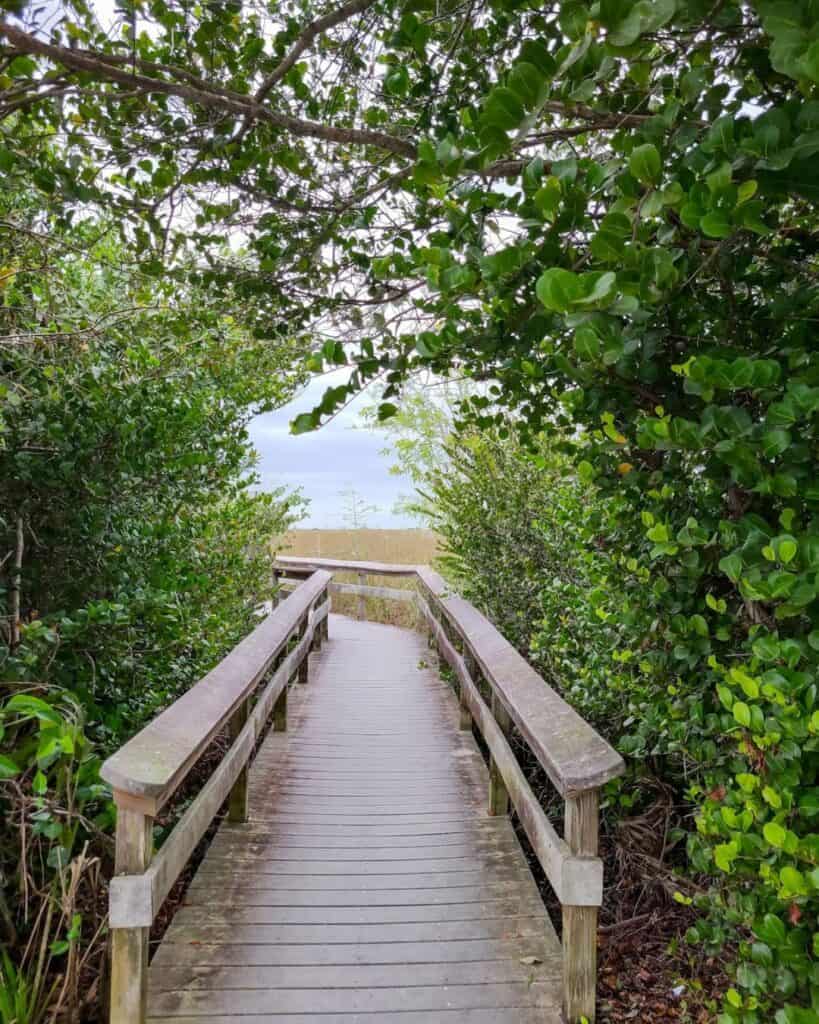

For those who wish to experience the Everglades without completely mistreating it, there are two main strikers: Long Pine Key and Flamingo Campground.
Located near the entrance of the Park farm, Long Pine Key is the perfect place for visitors who want a quiet and natural environment with easy access to some of the best paths in the park. The camp is hidden in a pine forest Rockland, providing more shadow and colder conditions compared to other areas of the park.
If you are looking for a camp experience closer to the water, Flamingo Campground is essential. This is where we stay, and I can tell you the views of sunset and the skies of the dark star night here are unmatched. Located near the Flamenco Visitors CenterThis camp is just along the coast and offers views close to Manatis and Delfines.
If an epic experience outside the network longs, camping in the field in the Everglades is an adventure like no other. Unlike traditional camps, crossing sites are only accessible to canoeing, kayak or motor boat, which is a truly immersive experience.
The three types of crossing camps in the park are terrestrial sites in small islands or along the coast, wooden platforms grown by “chickees” built on water and beach sites that allow campers to launch a tent directly on the sand
What to know before camping at the Everglades
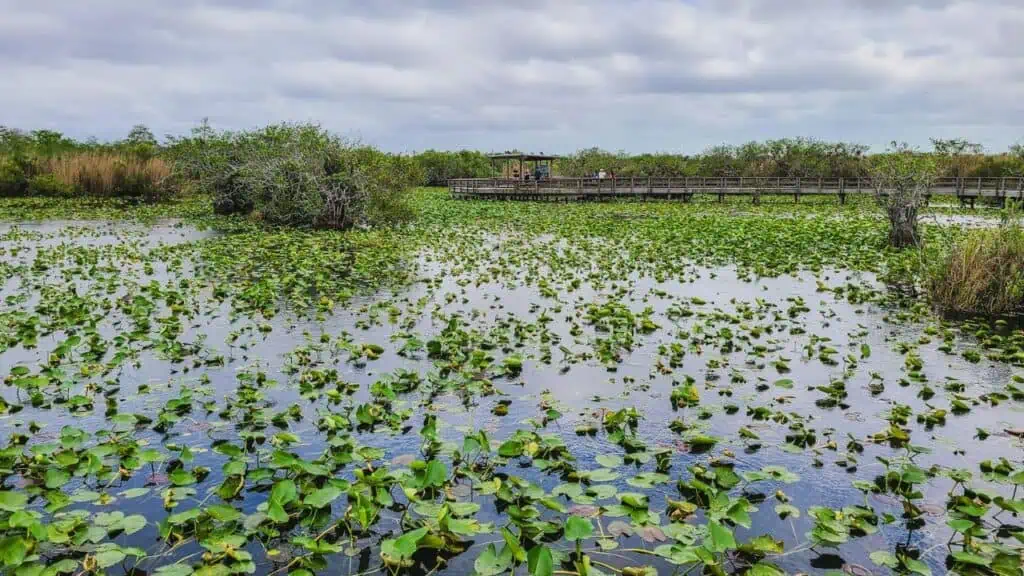

- Reserves and permissions: Frontcountry camps (long pine and flamenco key) can be reserved online, while crossing camperss must obtain a permit from the visitors center. And as most of Florida’s state parks, reserves must be made with the greatest anticipation it can obtain: these places are filled quickly, especially during the high season.
- Errors protection: The Everglades is known for its mosquitoes, mainly in the summer, but it is better to bring insect repellent. When you venture during the night, use long sleeves and pants, and consider a mosquito network for additional protection while camping.
- Wild life awareness: The Everglades is the home of caimanes, snakes and other wildlife. Keep the food stored safely and take into account your environment.
- Meteorological considerations: The dry season (November – April) is undoubtedly the best time to camp, with colder temperatures and less mosquitoes. The summer months bring heat, humidity and thunderstorms in the afternoon. Camping in January also avoids winter crowds and the infamous season of Hurricanes de Florida.
Camping in the Everglades offers a rare opportunity to disconnect from the modern world and experience one of the most unique ecosystems on the planet.
Whether you are placing the camp under Los Pinos in Long Pine Key, enjoying a coastal dawn in Flamingo or ruming deeply in the sleeping field in a chickee, one thing is safe: it will go with an even greater appreciation for this wild and indomitable paradise as we did.


Erin Moreland
Erin Moreland’s blog, The simple salty lifeIt reflects the passion of his family for exploration, with detailed travel guides that cover road trips, camping and national and international destinations. As Florida natives, local attractions, hidden gems and outdoor adventures such as kayak, snorkeling and exploring state parks stand out. Beyond Florida, they share itinerary ideas and travel tips to help families plan memorable vacations. Erin also offers practical advice to maximize travel experiences, which makes his blog a reference resource for families looking for adventure and quality time together.







